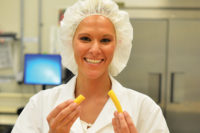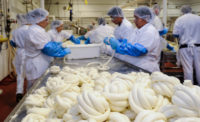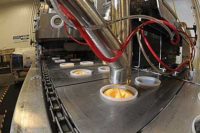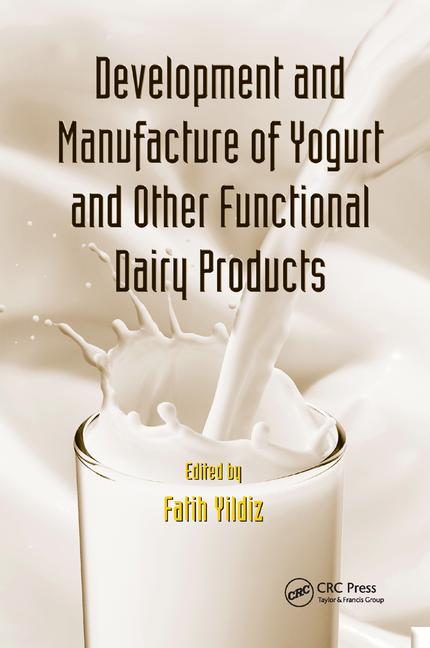A look inside the plant of yogurt giant Dannon
Dannon’s highly automated plant in Minster, Ohio, can process 3 million cups of yogurt a day. The 24/7 facility turns out cup-set and blended yogurts, plus cultured dairy beverages.

Yogurt cups roll off one of the form-fill-seal lines at Dannon’s facility in Minster, Ohio.



Oikos is Dannon’s Greek yogurt brand. Sister company Stonyfield processes an organic version

Pasteurization processes are higher heat/shorter time (HH/ST) and high-temperature/short-time (HT/ST).

Dannon’s bottle vendor has a blow-molding operation on site. After filling, Danimals are bundled.








“Seeking ways to continuously reduce Dannon’s environmental impact has been limited based on the indirect relationship between our company and dairy farmers through a co-op.” Now, Dannon and McCarty can collaborate on eco-friendly projects, he said.
Regardless of the source, Dannon’s appetite for milk is voluminous. When Dairy Foodsvisited in March, a fifth raw milk receiving bay was under construction. The company may build a separate milk receiving station across the street from the processing plant in order to ease traffic flow and reduce congestion around the plant.
Milk deliveries are double-checked for accuracy. Trucks are weighed and flow meters measure the volume. Actually, milk flows two ways in the plant. In addition to receiving milk, Minster ships out 200,000 pounds of cream (in four tankers) every day.
An onsite lab tests milk for coli form, yeast, mold and other characteristics. The lab also runs a full slate of tests that determine protein levels, butterfat content, viscosity and organoleptic factors. The plant falls under the jurisdiction of the Ohio Department of Agriculture and the federal Food and Drug Administration. In the April 2012 Interstate Milk Shippers List, the Minster plant scored 90% on raw milk and 90% on enforcement.
Product testing occurs on the production line. Operators pull product every 30 minutes to check packaging and sensory characteristics. When there is a flavor changeover, the same tests are performed again, this time with a quality lab technician. Finished products are kept in a cooler for their shelf life and subjected to organoleptic testing.
On the production floor
After milk is tested and accepted, it is pasteurized, separated and homogenized. Processing requires a lot of heat, so dairy plants try to recover and re-use heat whenever possible. A re-generation feature on the plate heat exchangers recovers the energy expended on pasteurized milk and uses it to warm up cold, not-yet-pasteurized milk. This gets the milk up to pasteurization temperature quickly, so less heat is required.
Milk is pumped to fermentation vats with capacities of 100,000 pounds of milk. Depending on the product, the milk ferments from six to nine hours. In the last five years, Dannon invested tens of millions of dollars in capital equipment on processing expansion and new packaging lines, said plant manager Doug Roy. He cited the plant’s “best-in-class” valve technology which continues to enable the plant to drive world class efficiencies.
What is striking about the Minster plant is how automated the lines are. In a form-fill-seal machine, plastic roll stock is formed into yogurt cups and sealed immediately after filling. Minster has about 10 such lines. Roy notes that this is an efficient processing and packaging method, and one that provides the highest level of food safety. One person operates an entire line. These highly skilled operators have a great sense of pride in their work and the products they make. Many have worked for Dannon for more than 30 years. Along with a strong work ethic in Minster, there is also a strong teamwork-based atmosphere where production operators support each other’s lines when problems arise.
On the beverage lines, Dannon uses blow-molded bottles. The bottle vendor has a plant on-site and can feed bottles from the ceiling to a hopper at the front of each beverage filling line. Bottles are filled, a shrink label is applied and the packages are coded and dated.
Looking for a reprint of this article?
From high-res PDFs to custom plaques, order your copy today!















